The Arctic Ocean is roughly centered on the Arctic Circle and is located at the northernmost point of the earth. It is surrounded by the European continent and the North American continent. It is connected to the Pacific Ocean through the narrow Bering Strait. It is connected to the Atlantic Ocean through the Greenland Sea and many straits. It is the smallest ocean in the world. , with an area of only 15 million square kilometers, less than one-tenth of the Pacific Ocean. Its depth is 1097 meters and its deepest is 5499 meters. Ancient Greece once called it "the ocean facing the Ursa Major". In 1650, Dutch explorer W. Barentsz classified it as an independent ocean, called the Great Northern Ocean. In 1845, it was named by the Geographical Society of London, England, and translated into Chinese as Arctic Ocean.

Schematic map of the location of the Arctic Ocean
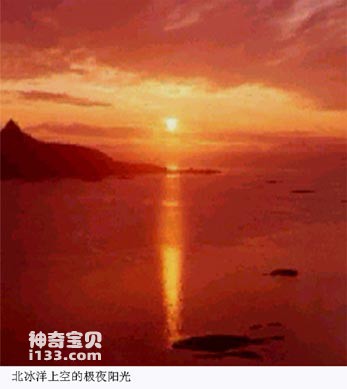
Polar night sunlight over the Arctic Ocean
The Arctic Ocean is one of the harshest regions in the world. Because it is located in the northernmost part of the earth, unique polar day and night phenomena occur every year. From October to March each year, the winter half of the year is the "long night"; from April to September, the summer half of the year is the "long day". After one "day" and one "night", it is a year. Whenever a long night comes, nature only has beautiful moonlight and colorful aurora, bringing light and comfort to people. On the boundless ice sheet, bursts of colorful auroras lit up half of the sky at once, like festive fireworks that suddenly rose; sometimes they were like colorful strips dancing in the air, sometimes like flower curtains hanging in the sky, and sometimes shining directly like searchlights. The sky. But the beauty of the aurora cannot hide the harsh climate of the Arctic Ocean. Thousands of miles of ice cover here, snow drifts all year round, the weather is severely cold, and there are many icebergs. The sea ice here is about 3 million years old.
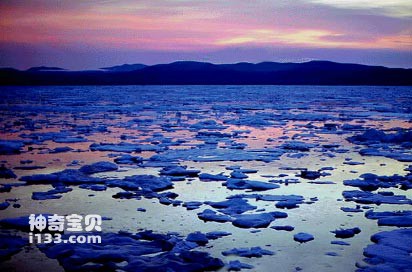
Ice floes on the Arctic Ocean
In winter, 80% of the sea surface is covered by ice. Even in summer, more than half of the sea surface is occupied by ice. But even in such a cold world, seaweed is still full of vitality. Seals and walruses often appear in the icy water; the powerful polar bear is an expert at fishing, and the cunning Arctic fox often follows behind, trying to get something for nothing and share the leftover bones. Meat. Schools of fish and snowfish grow fat and strong; the Eskimos, who are good at building houses out of ice and snow, live a heroic safari life. The indigenous people and Inuit people in the Arctic region have lived here for generations, with a history of at least more than 4,000 years. In the past long years, they lived a free and self-sufficient life without words or money. As time goes by, the Inuit people have begun to accept modern civilization, and their lives have undergone tremendous changes.
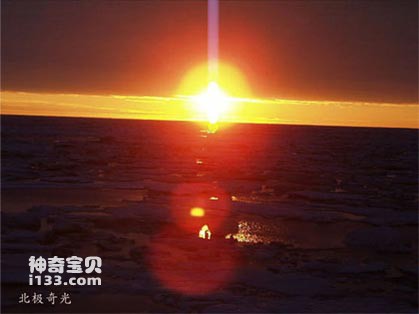
Northern Lights
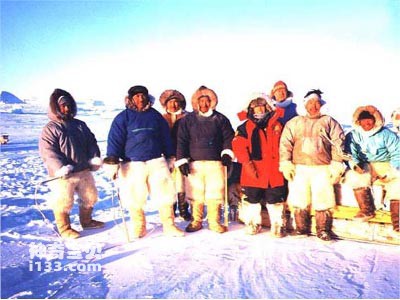
Eskimos
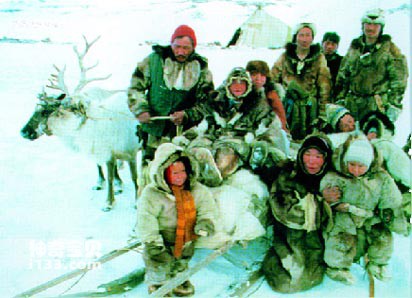
An Inuit family
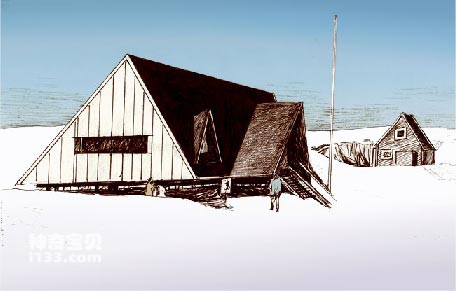
Arctic scientific expedition residence
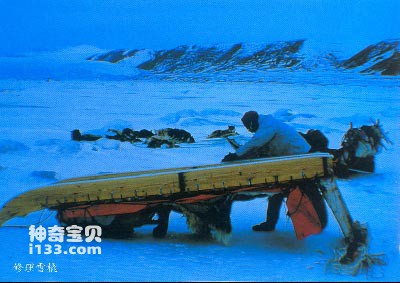
Larger kayaks, the Eskimos call them "Umiya"
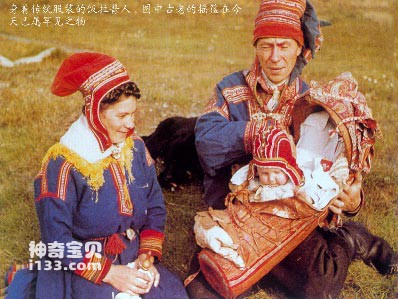
Norwegian Lapps wearing traditional clothes. The ancient cradle in the picture is rare today.
animal tags:
We created this article in conjunction with AI technology, then made sure it was fact-checked and edited by a Animals Top editor.